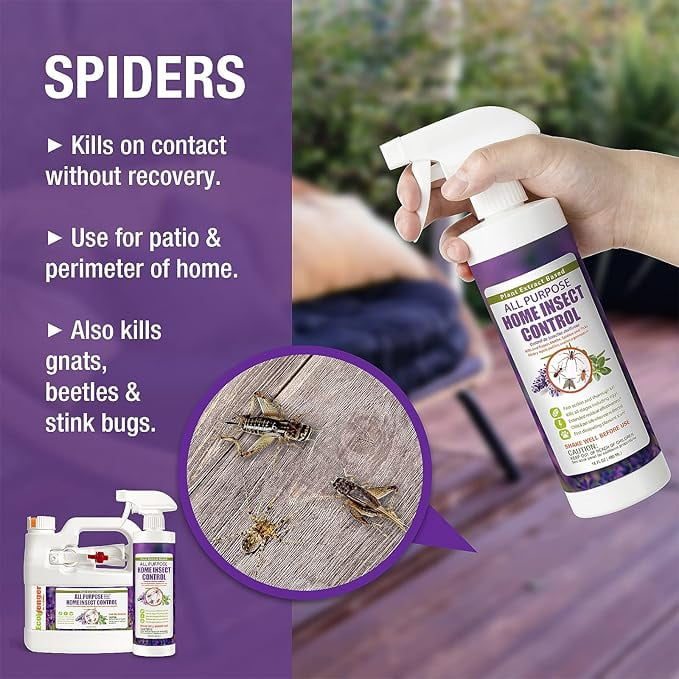Get This Report on Pestwise
Get This Report on Pestwise
Blog Article
Some Known Questions About Pestwise.
Table of ContentsThe 30-Second Trick For PestwiseThe Greatest Guide To PestwisePestwise Things To Know Before You Get ThisSome Known Incorrect Statements About Pestwise Fascination About PestwisePestwise for DummiesThe Greatest Guide To Pestwise

Q. Specify "incorporated insect management" (IPM) and list a number of possible control techniques that may be used in an IPM strategy. A. Integrated insect monitoring is the combining of suitable insect control tactics right into a solitary plan to reduce bugs and their damages to an acceptable level. Parasite control techniques may include: host resistance, biological control, social control, mechanical control, cleanliness, and chemical (pesticide) control.
The Ultimate Guide To Pestwise
What can you do to keep the parasites you are trying to manage from becoming resistant to the chemicals you use? A. Bug resistance can be reduced by utilizing incorporated pest administration and revolving the types of pesticides used.
Parasites are an important threat to the farming service, and incorporated pest monitoring aids cultivators address and minimize these threats. Integrated parasite management makes use of numerous methods in complex, thus being a much more reliable solution to the concern. Termite Control. Particularly, removing hostile chemical approaches enables decreasing damage to people and the atmosphere by making use of natural and much safer choices instead
The Facts About Pestwise Uncovered
The goal of integrated pest management is to minimize this harm and control appropriate infestation levels instead of get rid of all undesirable populations. This is why it is necessary to comprehend what steps are justified in each instance and usage aggressive ones only when various other incorporated management techniques don't work. Integrated administration minimizes the adverse repercussions of a non-IPM technique, and the main advantages of IPM Advantages of IPM.
A right understanding of the problem range identifies if the trouble must be dealt with. are the next components of an IPM program due to the fact that it is necessary to realize if the microorganisms make potential threats and choose the incorporated administration options or the details pesticide usage. mean to lower invasions by applying various agronomic techniques.
The 25-Second Trick For Pestwise
if prevention was inadequate. Integrated management choices in an IPM program beginning with safer to a lot more hostile ones. Target or program chemical splashing may follow hand-operated elimination or trapping that hasn't helped. The above-mentioned integrated monitoring elements help comprehend exactly how to prepare and carry out an IPM program detailed: Display your plants on a regular basis.

Amongst others, IPM cultural techniques consist of the following area administration techniques: soil therapy; option of suitable plants; crop rotation; interplanting or strip cropping; option of growing days; weed control; usage of catch plants. Positive soil conditions accelerate plant development, and strenuous plants are more immune to infestations. Commercial Pest Control. In integrated insect administration, soil testing assists comprehend if the area appropriates for the manufacturing of this or that crop, and afterwards use the doing not have nutrients to ensure plant healthy development
The Best Guide To Pestwise
No-till practices aid protect against dirt erosion, adding to sustainable farming. However, when tilling is necessary, it is advised to perform it in the fall to reveal them to all-natural opponents and severe climate. Healthy and balanced seed startings and seeds predetermine effective crop advancement, so it is necessary to select pest-free planting product with strong origins.
, which is also utilized in the integrated pest management system. Alternatively, infestations boost when plants of the very same plant kind or family expand together.
Potato beetles can harm growing potatoes, in addition to tomatoes. Planting trap plants in patches is an additional alternative for IPM intercropping. This incorporated insect administration technique suggests drawing in bugs to details plants and then controlling them with chemical or mechanical techniques. Particularly, you can grow soybeans as trap plants for Japanese beetles.
Unknown Facts About Pestwise
Barriers are regular examples of physical IPM methods. Let's take a more detailed look at them. Removing or selecting insects out manually is a time and labor-consuming choice that is commonly used in integrated management and natural farming. Mature bugs or their eggs and larvae are collected by hand and damaged.

Division of Plant Sciences. University of Missouri. Dirt solarization is an efficient integrated administration strategy to sanitize the field by heating it in an all-natural means. This integrated monitoring method suggests visit the website an usual method of damaging bugs by killers, parasitoids, pathogens, and various other biological control representatives (also known as antagonistic microorganisms). The function of organic control in IPM is to.
An Unbiased View of Pestwise
With time, their populace transformed out to be a genuine hassle to farmers along with native kangaroos or dingoes. The walking cane toad is an additional instance showing integrated organic control failing in this respect when it declined to hunt the target types and came to be a bug itself. Parasitoids develop on or within their hosts to ultimately eliminate them after developing.
Report this page